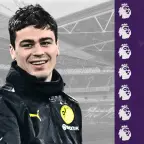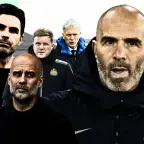- 13 hours ago
What is a Football Transfer? Free Transfers, Bosman Ruling, Transfer Window & Loans
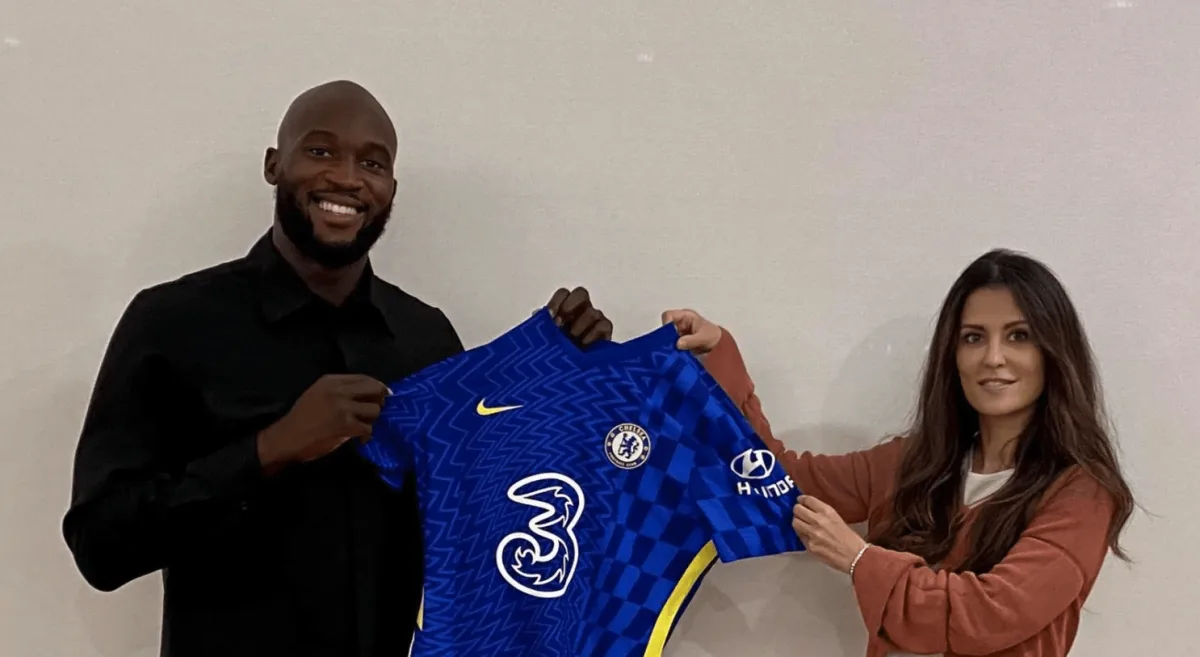
Transfers continue to be one of the most debated and popular subjects in soccer, with many football fans often appearing to enjoy tracking the latest news even more than the matches themselves.
All the latest rumours and gossip relating to possible deals and transactions involving high-profile teams are craved by supporters on a regular basis, with reporters under pressure to uncover the latest information from club sources and agents.
As a transfer gets closer, all the twists and turns are followed even more closely.
Yet there are so many hoops that need to be jumped through before a football transfer can be completed, and often not all of these areas are fully understood.
Here, FootballTransfers explains all they key terms and questions on the subject.
What is a Football Transfer?
A football transfer is the action in which a player’s registration is moved from one club team to another.
As a result of this transaction, the player will start representing a new team and is no longer tied to the club he was employed by prior to the transfer.
For example, when Cristiano Ronaldo was transferred from Juventus to Manchester United in August 2021, from that point on he could no longer play for Juve and only represents the English team in club football.
During the two-year contract he signed with United, Ronaldo cannot play for another team unless the club either agree to sell him to another club as part of a new transfer or release the forward from his contract to make him a free agent.
When a player has completed their football transfer to a new team, the previous contract they were playing under is terminated and no longer valid.
Footballers are then tied to the club who has bought them.
They negotiate and sign a fresh contract with the new side that must be agreed and penned prior to the transfer reaching completed status. Those terms then take effect from the day the move is officially finalised.
What is a Transfer Fee in football?
When a footballer is under contract with a particular team, that side is under no obligation to sell the player for the duration of that deal.
Therefore, if a club wants to buy a player from that side, they must negotiate a transfer fee, which effectively acts as financial compensation.
The transfer fee, if one can be agreed between the two teams, means the selling club are compensated for agreeing to an early termination of their player’s contract.
For example, in August 2021, Manchester City wanted to buy Jack Grealish from Aston Villa.
A transfer fee of £100 million was agreed, meaning Villa agreed to allow Grealish to leave the club despite being under contract for the upcoming season and beyond.
The England international then signed a six-year contract with City running until 2027.
There are several factors that come into the negotiation of a football transfer fee.
One of those is the general state of the football economy – there may be times when the market is booming after some lucrative television deals have been signed or other times where sponsorships and attendances have stagnated, as happened in some nations amid the coronavirus pandemic.
The age of a player is also extremely significant when it comes to determining player value. A 21-year-old potentially has 15 years left at the highest level, meaning he could prove to be a huge long-term asset to the buying club.
Signing a young player also means there is a chance they can develop and improve their skills after they have joined the new team, so part of a transfer fee can be related to their potential ability or future achievements.
Younger players are also likely to be sold on in the future, meaning that if a move has gone well, the buying club could recoup their initial transfer fee and potentially make a profit, even after having enjoyed multiple years of service from the player.
Signing a 34-year-old, by contrast, offers limited potential for resale value and the player has also likely passed his peak level of performance on the pitch. So, unless it is an exceptional circumstance, transfer fees for older players would typically be lower than for their younger counterparts.
The ability level and injury history of a player are key factors that come into determining a fair price, as is the strength of league the selling club is playing in.
For example, Premier League clubs, even those who typically finish towards the bottom of the table, can typically demand higher prices for their best players as the lucrative TV deal which exists in England means their finances are in a better state than comparative teams in other leagues.
The player’s contract status also has huge significance to what transfer fee they can command for the club who owns them.
A player like Kylian Mbappe would be more affordable when he is on an expiring contract, as was the case during 2021 with PSG when Real Madrid were interested, than if he was locked into a long-term deal.
If a player has a long-term contract, it means his current club would hold all the leverage in negotiations with rival teams, but an expiring contract puts more power in the hands of the player and any teams interested in signing him, as the current club may be pressured to sell.
What is a contract in football?
A contract in football is a legal agreement signed between a club and a player.
It will cover important areas such as the length of time the player is committing to represent the club and the wages they will receive.
Also covered will be issues like bonuses, image rights, endorsements and agreed commitments over a player’s required commercial activities and general conduct.
The length of a contract is crucial and can vary based on the age and ability of a player, as well as the financial position of his club.
Some agreements – such as for older players or those who may be seen as an injury risk - can be as short as six-month or one-year deals, while some contracts often span five or six years in duration for high-profile players or those who have just completed transfers.
Once under contract, a player has very limited ability to remove himself from that deal without co-operation from the club that is employing him.
England captain Harry Kane was reportedly keen to join Manchester City from Tottenham in the summer of 2021.
But his long-term deal with Spurs meant the London club had a clear negotiating advantage and could reject City’s approaches if they did not meet the asking price, safe in the knowledge Kane would still be under their contractual control for the foreseeable future.
Usually, big football transfers come with a long contract for the player involved, giving the club more opportunity to ensure any large fee they are playing will result in a good return on investment.
Contracts for cheaper transfers or those involving smaller clubs may typically be shorter in duration as the teams may not be able to take on such a big financial risk.
Players are usually heavily compensated when they agree to commit to a club for the long term. This can backfire in some cases, as with Kane, but such deals also do not always work out for a club.
Should a player lose his form or suffer repeated injuries, the club must still pay the player at the agreed salary rate.
Unlike some other high-profile sports leagues like the NFL, football contracts are almost always fully guaranteed, other than in cases of gross misconduct, meaning the club must pay regardless of form or major injuries.
What is a medical in a football transfer?
A medical is a series of physical tests which are often the final obstacle to be passed before a football transfer can be completed.
Health professionals will carry out a physical examination of the player's body and, depending on the available time, may also conduct a range of other procedures.
These can include basic and more advanced fitness challenges, as well as MRI scans, blood tests and a cardiac screening.
The buying club wants to ensure they are bringing in a player who is fit, healthy and most importantly may not have any underlying conditions or injuries that may impact their availability in the future.
Teams will also want to be sure that any notable injuries a player has had in the past are fully healed.
In most cases, a medical is a standard procedure that sees health professionals give their approval to the deal after items like the transfer fee and contract have all been agreed.
But there have been some examples where medical tests have completely scuppered major football transfers.
One high-profile medical that had a big impact on a transfer was the case of Dutch striker Ruud van Nistelrooy.
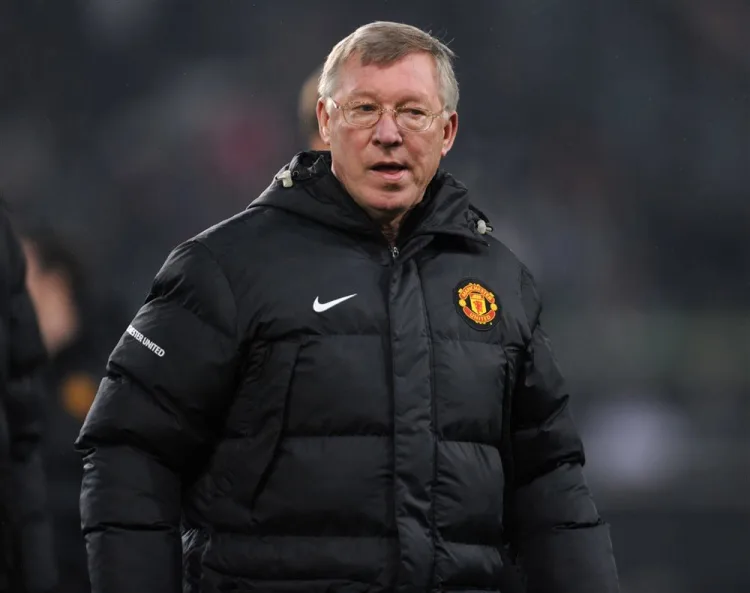
Van Nistelrooy was on the brink of joining Manchester United from PSV in 2000 and a press conference had been scheduled to announce the deal, only for concerns to be raised over his knee after initial medical tests, causing the deal to be delayed.
After PSV refused further medical tests, he then ruptured his ACL in training, causing the transfer to collapse.
Van Nistelrooy ultimately did pass a medical and complete his transfer one year later, embarking on a successful career at Old Trafford.
Clubs will have different standards as to what they consider a passed or failed medical, depending on the level of risk they are prepared to take on.
One such case was that of French striker Loic Remy, who failed a medical at Liverpool in 2014 only to be deemed fit enough sign for another high-profile Premier League club, Chelsea, soon after.
What is an agent in football?
An agent in football is a business-person that represents footballers and takes the lead in negotiations surrounding contractual matters.
Agents will speak to clubs about the availability of their client to gauge interest across the world game and will work to find the right club for the player.
The agent will guide negotiations for their players in terms of salary, bonuses and length of contract, and will often take home an agent fee for themselves for the work they do.
Super agents in football are the top agents that represent the best players in the world, such as Jorge Mendes who represents Cristiano Ronaldo, and Mino Raiola whose clients include Erling Haaland and Paul Pogba.
What is the world football transfer record?
The world football transfer record is the title given to the most expensive transaction in the history of the sport.
Lists covering the biggest football transfers document the highest fees buying clubs have ever paid for players, with the number one spot holding the world record at any given time.
Currently, the world football transfer record is the €222 million (£190m) move made by Neymar when he left Barcelona for Paris Saint-Germain in 2017.
READ MORE: What are the most expensive football transfers of all-time? The 50 highest fees in history
That huge transfer for Neymar smashed the previous record that had been set just a year earlier when Paul Pogba swapped Juventus for Manchester United in a move worth €105m (£89m).
There have been eight holders of the world football transfer record since the turn of the century.
Before Pogba and Neymar, the biggest transfer record tag had been held by Hernan Crespo, Luis Figo, Zinedine Zidane, Kaka, Cristiano Ronaldo and Gareth Bale.
It took eight years for Kaka (2009), who joined Real Madrid from Milan, to break the record by Zidane, who had moved to the Spanish champions from Juventus in 2001. That is the longest gap in the modern history of football.
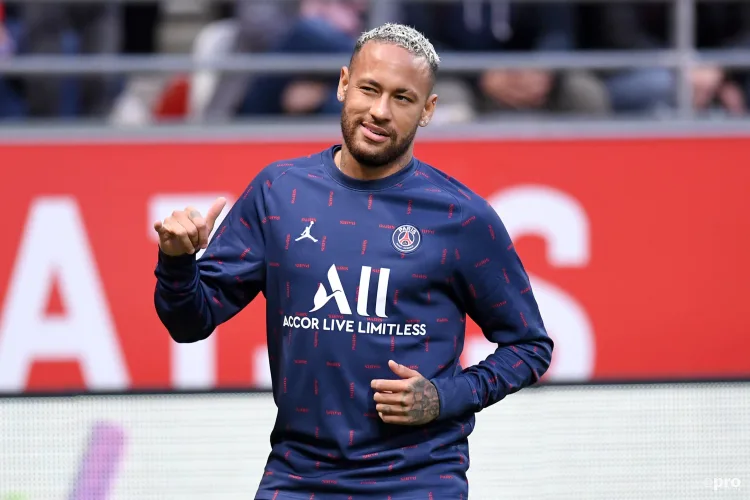
But Neymar’s record is starting to get close to that mark given it has stood for almost five years. The closest anyone came to beating it was his PSG team-mate Kylian Mbappe in 2018.
Mbappe joined PSG from Monaco in a deal worth €180m (£163m), which is the second most expensive transfer in football history, but Neymar’s record may not be beaten for a while yet.
What is the Transfer Window?
The transfer window in football is the period during which clubs are allowed to buy and sell players throughout the season.
Most European leagues have two transfer windows; one in the summer and one in the winter.
READ MORE: When does the January transfer window open and close?
The summer window will open in June or July depending on the league, and closes either at the end of August or the start of September, again depending on the country and league.
The winter window takes place through the month of January and gives clubs an opportunity to strengthen their squads mid-season.
Other countries have different timed transfer windows, such as Australia and China, which better fit their season calendars.
What is Transfer Deadline Day?
Transfer Deadline Day is the final day of the transfer window and is often when some of the biggest drama happens in the transfer window.
On deadline day, clubs can be scrambling to find the last piece of the puzzle before the window slams shut and can sometimes be drawn into a panic buy right at the 11th hour.
Some of the game's biggest transfers have happened on Transfer Deadline Day, such as Wayne Rooney's arrival at Manchester United in the summer of 2004, Luis Suarez's move to Liverpool in January 2011 and Real Madrid's capture of Gareth Bale in August 2013.
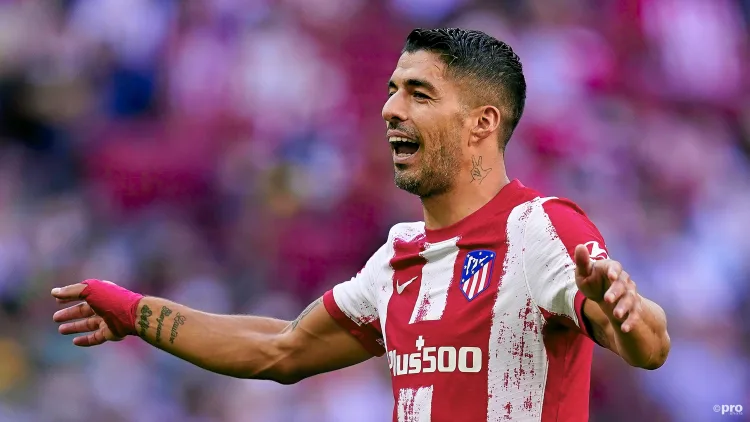
What is a Free Transfer?
A free transfer is when a club signs a player who is out of contract or a free agent.
Clubs, particularly in the lower leagues with less financial power, can sign players as free agents without having to pay a transfer fee, and will only spend money on the player's weekly wage as well as any other bonuses or agent fees.
Another common way in which clubs sign players on free transfers is in a pre-contract agreement. When players are coming to the end of their contract at their current club, other clubs can negotiate to sign them at the expiration of that existing deal without parting with a transfer fee. This is known as a Bosman Transfer and is explained below.

What is the Bosman Ruling?
The Bosman Ruling allows clubs to sign players on free transfers straight from their existing clubs at the expiration of their contracts.
Once a player's deal has six months or less left to run, clubs from other countries are allowed to negotiate with them to sign them on a Bosman Transfer.
READ MORE: Out of contract in 2022: Best free agents available on a Bosman next year
The Bosman Ruling is named after Jean-Marc Bosman, who was a Belgian player that took his club, RFC Liege, the Belgian Football Association and UEFA to court in the early 1990s when he was denied a move to French side Dunkerque when his contract had expired.
His legal victory had a massive impact on player transfers throughout Europe, and has given rise to a key part of the transfer market. The Bosman Ruling was officially introduced in 1995.
What is a Free Agent?
A free agent is a player that is unattached to a contract at a club, due to not signing an extension before their deal expired and not being signed by a new club.
Free agents are allowed to speak to clubs and can sign for any club on a free transfer during or outside of the transfer window.
Many free agents are snapped up quickly, but some can go months without finding a club.
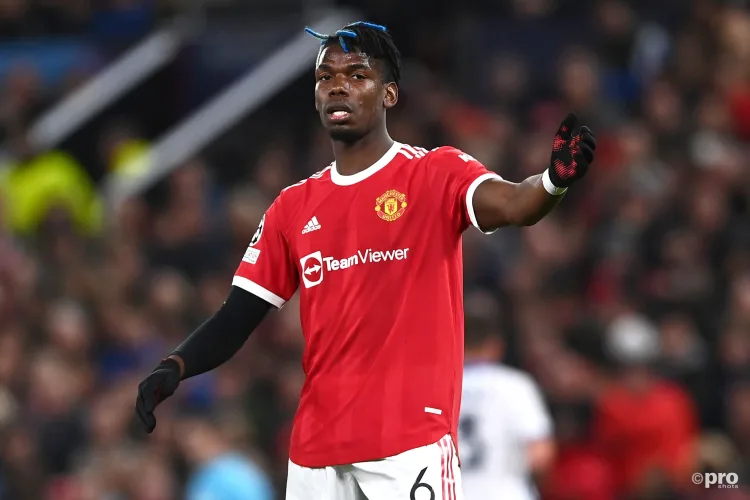
What are the best free transfer signings of all time?
Some of the biggest signings in world football have been free transfers, not least Lionel Messi's earth-shattering move from Barcelona to Paris Saint-Germain in the summer of 2021.
In fact, PSG made three other huge free transfers in that very same transfer window, with Sergio Ramos, Georginio Wijnaldum and Gianluigi Donnarumma all signing for free from Real Madrid, Liverpool and Milan respectively.
READ MORE: Messi, Pirlo, Ramos and the biggest Bosman transfers of all time
Other big free transfers include Andrea Pirlo's move from Milan to Juventus in 2011, Chelsea's coup of Michael Ballack from Bayern Munich in 2006 and Steve McManaman's switch to Real Madrid from Liverpool in 1999.
What is a pre-contract?
A pre-contract is essentially a signing via the Bosman Ruling, and is named as such as the negotiations and confirmation happen prior to the actual changeover in the player's contract from their existing club to their new one.
Even though an agreement may be in place in advance, a pre-contract signing can still not be made completely official until the player's current contract expires.
What is a Loan in football?
A loan in football is a temporary transfer where clubs can sign a player for a limited time before they return to their parent club.
Loan transfers can range from six-month spells to one and two-year deals and can have a range of clauses and specific add-ons.
Clubs will often negotiate on a loan fee and how much of the player’s salary is covered by the clubs involved in the deal.
A loan can be a dry loan, which means the player will return to their parent club at the end of the loan.
A loan can also include an option to buy or obligation to buy. An option to buy means that the club receiving the loaned player has the option to buy them permanently rather than return them. An obligation to buy means that the club receiving the loaned player must sign them permanently at the end of the loan period.
A common reason for loans is so that young players and fringe players can gain more experience and game time at a club that will use them more often.
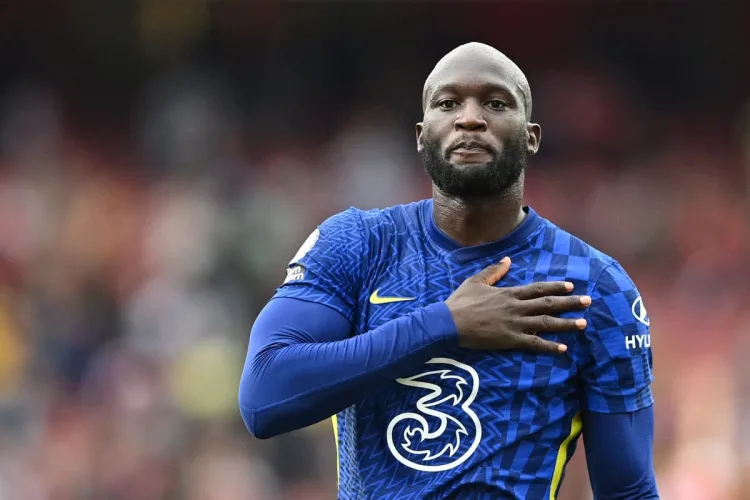
What is a cup-tied player in football?
A cup-tied player in football is someone who is not allowed to play in a certain competition for their new club because they have already competed in that competition for their old club in the same season.
For example, when Philippe Coutinho signed for Barcelona from Liverpool in 2018, the Brazilian was unable to play in the Champions League for Barcelona because he had already played in the competition for Liverpool throughout the group stages in that season.
This rule has been changed in Europe now, however, with an example being Erling Haaland, who was able to play in the Champions League for Borussia Dortmund after his move from RB Salzburg midway through the 2019/20 season. The rule is still in place in most domestic cup competitions, though.
What is third-party ownership in football?
Third-party ownership in football is when a footballer’s economic rights are owned or part-owned by a person or company that is not a football club.
This third-party owner could be a player’s agent, an external business or an investment source.
This form of ownership has allowed third-parties to make large sums of money from the player, with transfer fees often going to those third-parties rather than the selling clubs.
Is third-party ownership banned in football?
Third-party ownership is now banned in football, via a ruling from FIFA which came into effect in May 2015.
Prior to that, though, the Premier League had restricted the use of third-party ownership in 2008, though their rules did not include a total ban until the FIFA-imposed ruling.
What examples are there of third-party ownership in football?
The Premier League had the most high-profile case of third-party ownership when Carlos Tevez and Javier Mascherano both joined West Ham on Deadline Day in 2006.
Both players were owned by Media Sports Investments, a company that at the time owned a 51% stake in Corinthians and had just struck a deal with West Ham. The transfer was highly confidential, with no public release of transfer fee or contract length for either player.
Tevez only lasted one season at Upton Park before joining Manchester United, and Mascherano moved to Liverpool six months after that.
Other examples include Brazilian pair Jo and Ramires. Jo signed for Manchester City in 2008 and Ramires joined Chelsea in 2010. Both players were associated with Kia Joorabchian, who founded Media Sports Investments but stepped down as president in June 2006. He was arrested in 2007 on suspicion of money laundering at Brazilian club Corinthians, but was found not guilty.
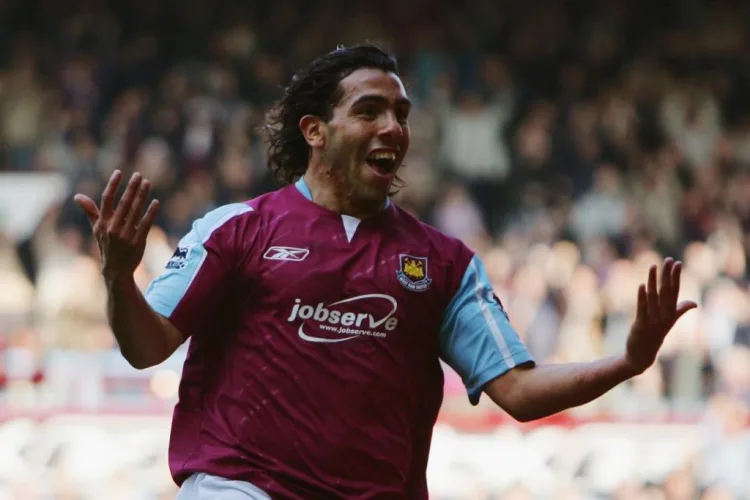
What is co-ownership in football?
Co-ownership in football is when a player is owned by two clubs at the same time, although they can only be registered to play for one team.
This is different from a loan in that the player is permanently owned by both clubs and not just being borrowed as in a loan transfer. Co-ownership is different from third-party ownership as there is no third-party involved; just the two clubs.
Two clubs will usually own 50 per cent each of a player.
This was particularly common in Italian football, with one case being Brazilian striker Adriano, who was co-owned by Parma and Inter before Inter bought out Parma's share in 2004. Sebastian Giovinco was also a high-profile case of this when he was co-owned by Juventus and Parma between 2011 and 2012.
Is co-ownership banned in football?
Co-ownership was banned in football at the end of the 2014-15 European season, and clubs have since been forced to use the loan system to develop their players away from their own club.
Co-ownership in football made it difficult for clubs outside of the agreement to sign players - such as when Borussia Dortmund attempted to negotiate with Juventus and Torino for Ciro Immobile. It was also confusing and led to logistical and clerical errors.
What is a Transfer Ban?
A transfer ban is when a club is judged to have broken particular transfer rules and are barred from making transfers for a period of time.
This is often imposed after breaches of Financial Fair Play (FFP) or after rule-breaking involving the signing of young players.
A transfer ban would mean clubs can still sell players to other clubs, but they would not be allowed to sign players on permanent or loan deals.
What clubs have received transfer bans?
Some of Europe's most high-profile clubs have had transfer bans in recent years, including Chelsea, who have had two separate bans, Real Madrid and Barcelona.
Chelsea had a ban in place in 2009 after they were found guilty of coercing Gael Kakuta into terminating his contract with Lens to move to Stamford Bridge. A resolution was ultimately found and the Blues ended up paying Lens compensation, meaning the ban was lifted after only a few months.
The London club had another ban 10 years later for breaching regulations involved with signing youth players. This was the same reason for the bans given to Barcelona and Real Madrid in 2014 and 2016, respectively. Atletico Madrid also received a transfer ban in 2016 for the same offence.
What is a buyback clause?
A buyback clause in a football transfer is a clause that a selling club can place in a deal that essentially gives them the option to sign the player back at a later point.
The buyback clause is usually a fixed amount of money and will often expire after a set amount of time. This is often done when clubs sell young players, allowing them to buy the player back for an appropriate fee if they develop well.
While this is a similar sort of principle to co-ownership, it is different as there is no sharing of a player's transfer rights, only the right for the selling club to pay a full transfer fee to buy the player back if they wish.
What is a release clause?
A release clause in football is a clause in a player's contract that dictates the minimum transfer fee that can allow a player to leave a club.
A release clause is a fixed transfer fee and means that if another club places a bid to that value or greater, the club that owns the player is forced to accept the bid.
Release clauses are often in place to ensure a player that he has a passage out of a club, particularly if the player feels the current club is a stepping-stone to something bigger. An example of this is Erling Haaland’s €75m release clause at Borussia Dortmund activated in the summer of 2022.
The club can also benefit as they have a guaranteed amount of money that they can receive, or they can set a very high release clause so they are not encouraged to sell the player for anything less.
Release clauses can also be conditional, such as release clauses to clubs playing in continental competitions, release clauses to clubs in the same league and a release clause value if the club is relegated.
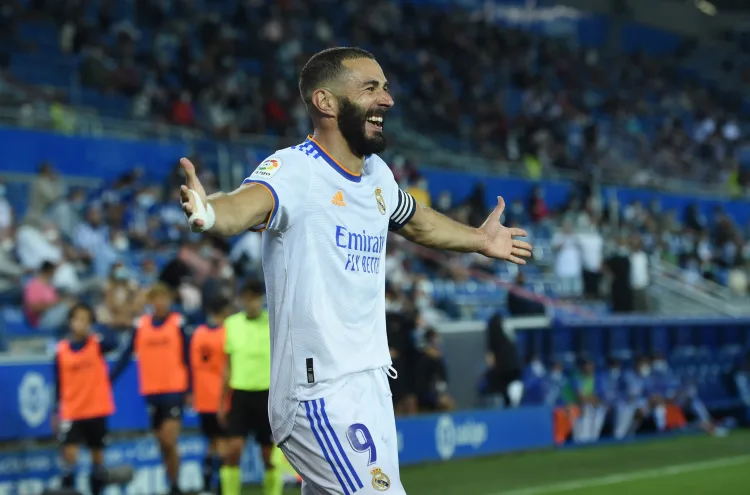
What is the Webster Ruling?
The Webster Ruling was the biggest footballing court case since the Bosman Ruling of 1995.
Andy Webster left his contract at Hearts of Midlothian in 2006 to join Wigan, becoming the first player to invoke a new FIFA rule.
This new rule stated that players could walk away from and essentially buy out their contract before it expired. The rule allows players 28 years of age and younger to walk away from a contract three years after it is signed, and older players to do so after two years.
What is the 6+5 Ruling?
The 6+5 ruling was a regulation discussed by FIFA for over 10 years, but it was eventually abandoned in 2010.
The proposed rule meant that every club would have to start at least six players from the country of the club in each match.
This was geared towards strengthening the harmony between club and international football and stopping the richer clubs from becoming stronger by signing large amounts of foreign players.
While this rule never quite took off, there are registration rules in a number of leagues, including the Premier League, that stipulate the minimum amount of homegrown or non-foreign players that have to be included in the squad list.
What is a Solidarity contribution?
A solidarity contribution in football stipulates that compensation is owed to all clubs involved in the development of a player when they sign for another club.
As well as the selling club receiving the transfer fee, all other clubs that were involved in the education and development of the player’s career are owed a small compensation amount.
What is training compensation?
Training compensation is similar to a Solidarity contribution in that it is a small compensation fee paid to previous clubs of a transferring player.
Training compensation is owed to clubs who trained the player when that player first becomes a professional, and for every transfer the player makes until their 23rd birthday. All clubs that trained the player between their 12th and 21st birthdays are eligible for the training compensation.
















